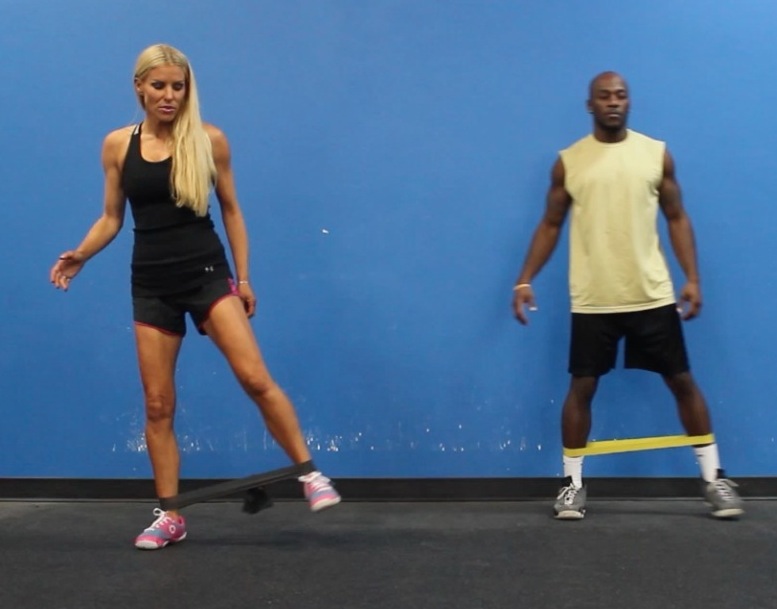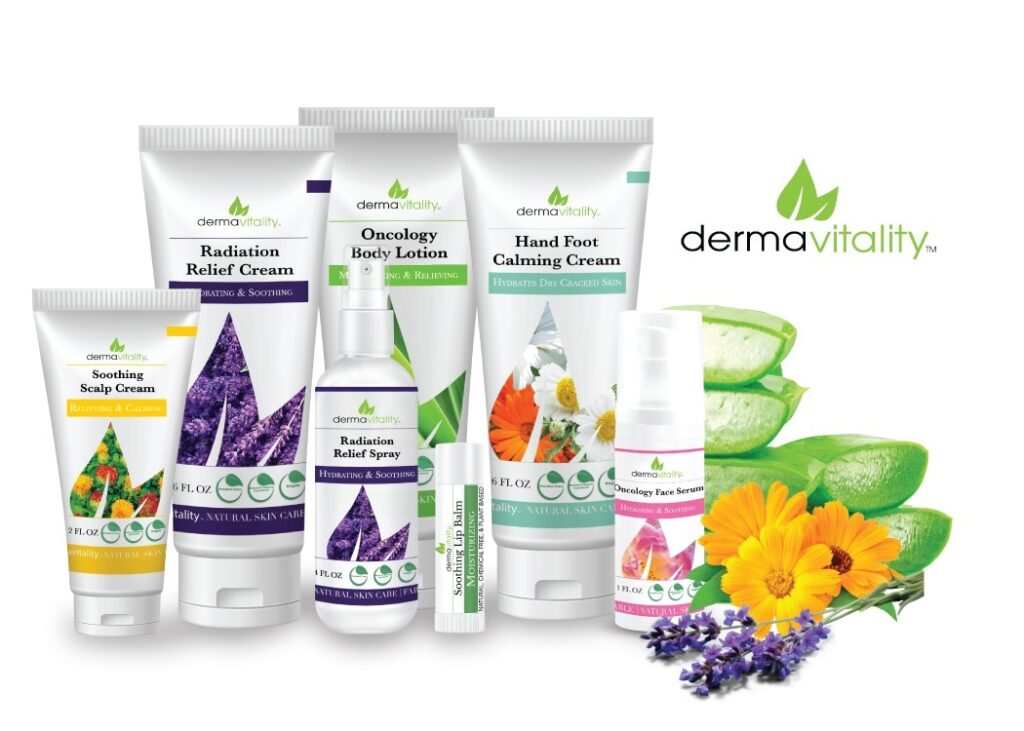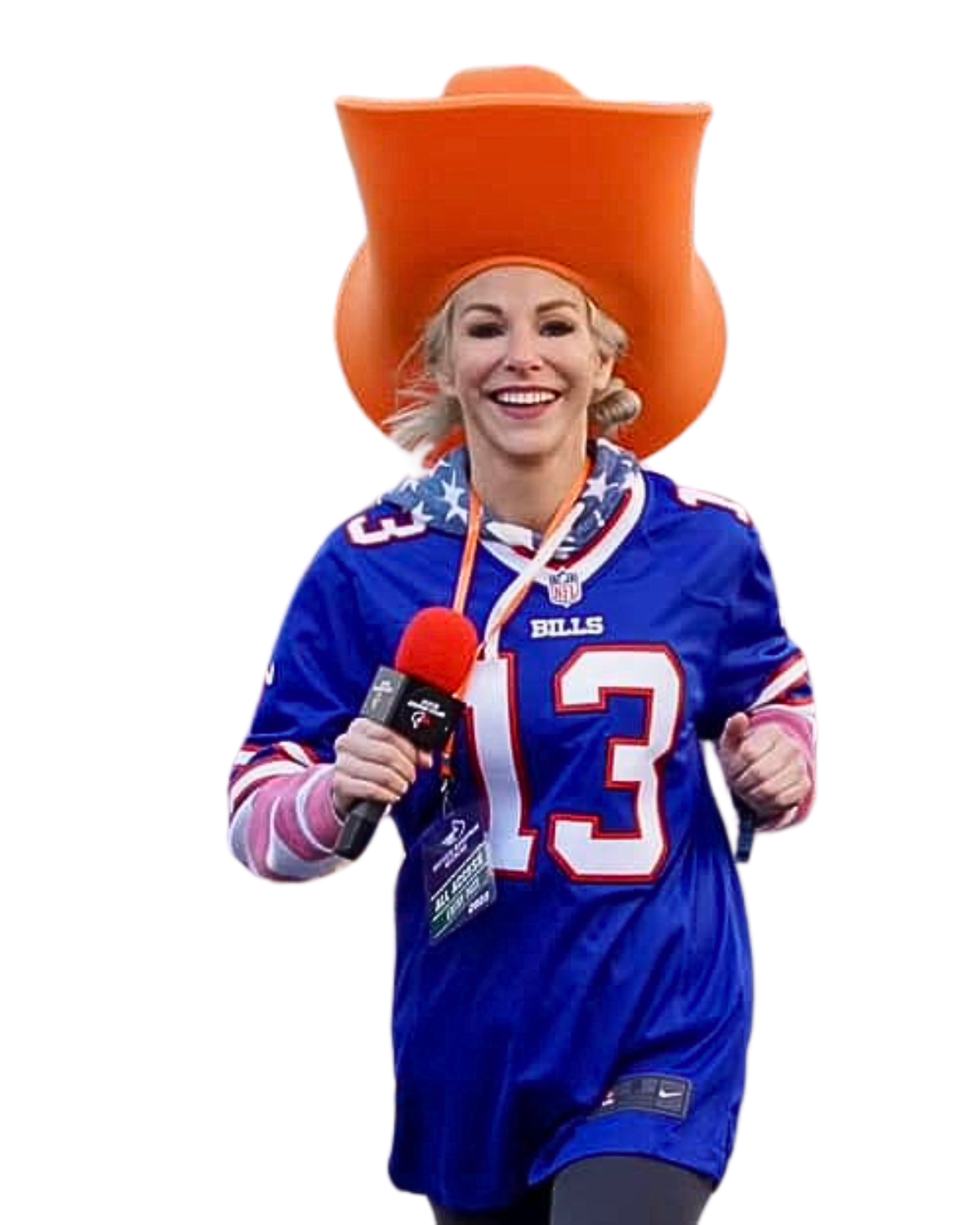The athletes competing in the Olympics are as different as the sports they compete in. They are all dedicated in their training programs and nutrition protocols, but this doesn’t mean the same thing for every athlete. The specific needs of their sports and bodies mean that these athletes follow very different nutrition plans. Some of these may seem odd or extreme, but you can’t really argue with their results.
Swimmers Michael Phelps and Ryan Lochte: During the 2008 Beijing Olympics there were numerous reports swirling about Phelps’ 12,000 calorie a day diet. This proved to be false, but both Phelps and Lochte aim for around 8,000 calories a day. Lochte is known to be a heavy consumer of McDonald’s, but when you’re swimming for seven hours a day … even a daily Big Mac can’t hold you back.
Sprinter Tyson Gay: Gay’s diet is pretty much the opposite of Phelps and Lochte. His daily nutrition is broken down into six meals with a specific amount of macro nutrients in each one. Tyson eats 230 grams of protein, 303 grams of carbs, and 70 grams of fat every day. The next time you thinking counting calories is too much work, just think back to this diet.
Marathoner Michael Arnstein: He was become well-known in raw food circles for his use of the 80/10/10 diet. The diet consists of 80% fruits and vegetables, 10% protein, and 10% fat. This diet might not work for everyone, but Arnstein credits the diet for his increases in performance during recent years.
Retired Sprinter and Long Jumper Carl Lewis: His conversion to a vegan diet shook the sports world in the early 1990, but his legendary performance at the 1991 World Championships silenced the critics. Lewis doesn’t believe meat consumption is necessary for achieving peak athletic performance and credits his vegan diet for the exceptional 1991 season.
There are many ways to meet your performance and physique goals. These are all very different nutrition plans, but they work for the athletes adhering to them. Your goals should include finding the right amount of nutrition and managing your caloric consumption to ensure you can do what you want, feel great and look your best.








